Sometime in April of last year (2019), I visited the site of the Kuti Heritage Museum in Abẹ́òkuta. Located on NEPA Road, Isábọ̀ Abẹ́òkuta, the house was the famous home of the Reverend I.O. Ransome-Kútì and Mrs. Fúnmiláyọ̀ Ransome-Kútì, and the likely birthplace of Fẹlá and some of his brothers.
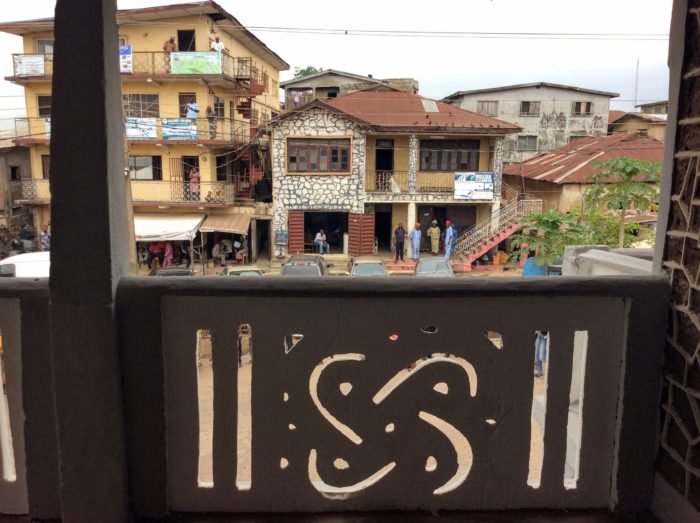
This restoration project has been ongoing for a while. The home of the famous Kútì couple had, over the years, become victim to negligence and decay. Photos exhibited at the venue, showing the transformation of the structure from its earlier state of rot shows it as sometimes being a site for refuse dumping by neighbours and passers-by.
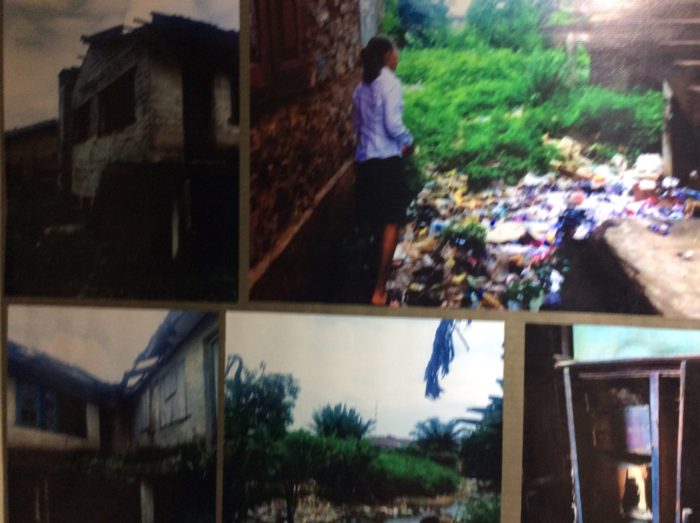
But it was not always this way. Copious paragraphs from Wọlé Ṣóyínká’s autobiography Aké were dedicated to memories of times spent in this place to visit his uncle who was by then the headmaster of Abẹ́òkuta Grammar School, and his wife whose organising of women to protest the misrule of the Aláké led to the Abẹ́òkuta Women’s Tax Riots and the eventual abdication of the king in early 1940s.
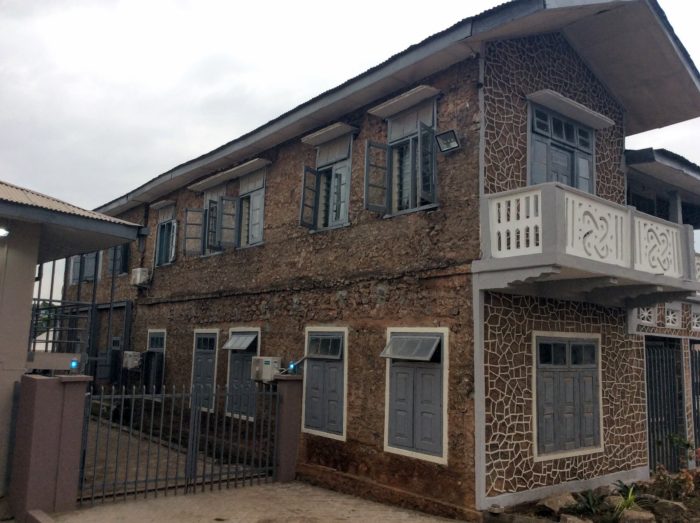
Over time, the successful careers of many of the house’s famous former occupants notwithstanding, the home had gradually settled into oblivion. But the Ògùn State Government, in collaboration with members of the family, returned a few years ago to restore the building to its rightful place in the Nigerian consciousness as bearers of history. From what I gathered, the building adjoining the original home is the museum, set up to inform visitors about the family, its famous members, and their role in Nigerian and world history. I could not enter this building itself on this day.
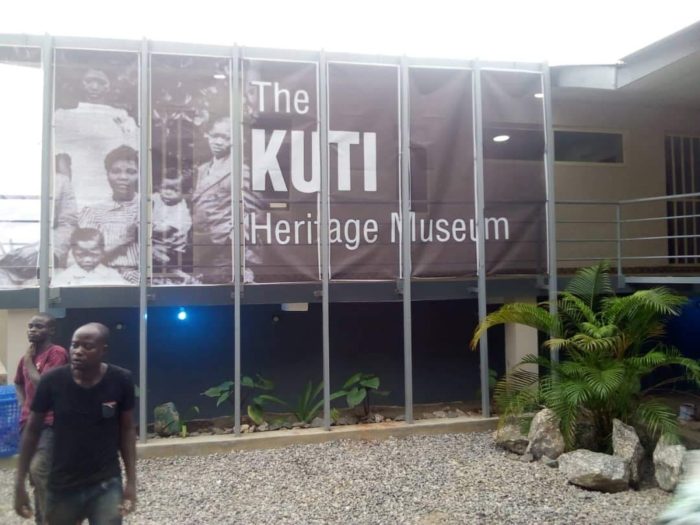
But I did enter the main home, restored to its old stone form, and girded on each corner downstairs with metal beams. Word is that the project was supervised by Theo Lawson, the same architect behind the Freedom Park and the Kalakuta Museum in Ìkẹjà. Being nothing more than a casual observer of art and documentation myself, I was impressed by the presentation.
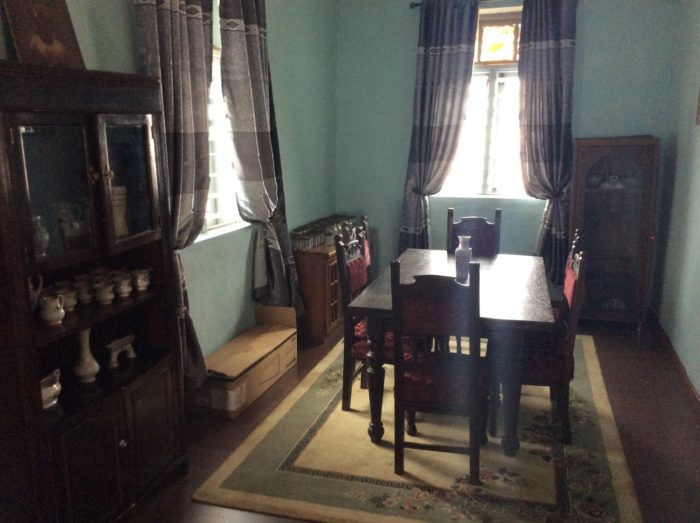
All the rooms in the old building have retained their sense of time. The furniture reflect those of the 40s, and the upper-class aesthetic that the Kútìs must have enjoyed among the society. The bathroom had a bathtub — what would seem like a sign of opulence in that part of Abẹ́òkuta and that time period. The plumbing of the house was modern, even though the house was made of mud and stones. This restoration has added a few more things to the aesthetic: air conditioning — which should tell us something else about the changing climate.
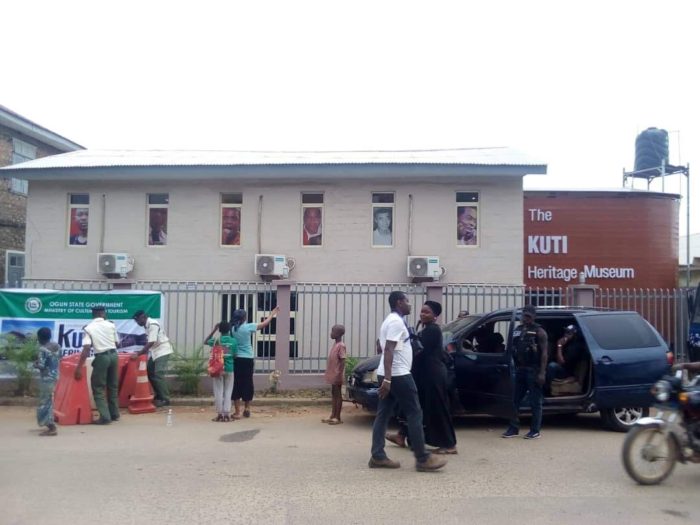
From the balcony, one could see a good view of the town itself, and one can imagine the Reverend himself, on a cool day, standing there, toothpick or pákò in mouth, staring out or greeting a passerby.
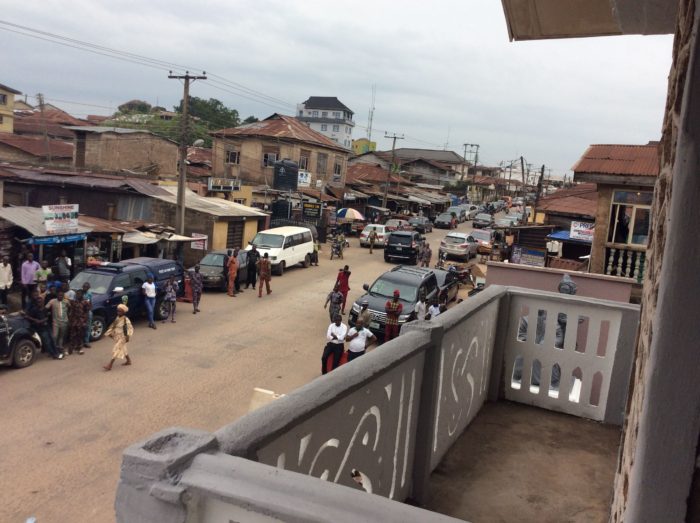
Even much of the smell has remained, a rusty old smell from the mattresses, stationeries, rug, and furniture.
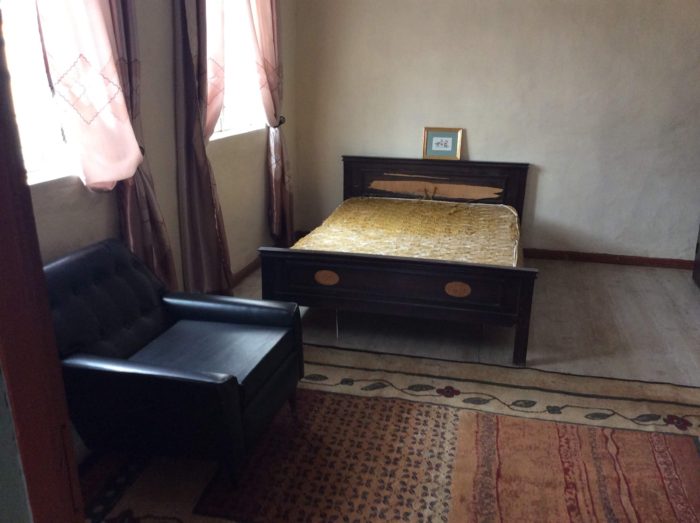
I recommend the building to anyone in Abẹ́òkuta, especially the adjoining Museum. I hope to visit it again when I’m in town. I am already impressed by this attempt at keeping history alive through structures and other non-conventional means of keeping the names of our famous citizens in the memory of contemporary children.
A few more photos below. Here is a more comprehensive report of the launch.






One Comment to The Ransome Kuti Museum in Abẹ́òkuta so far. (RSS Feeds for comments in this post)